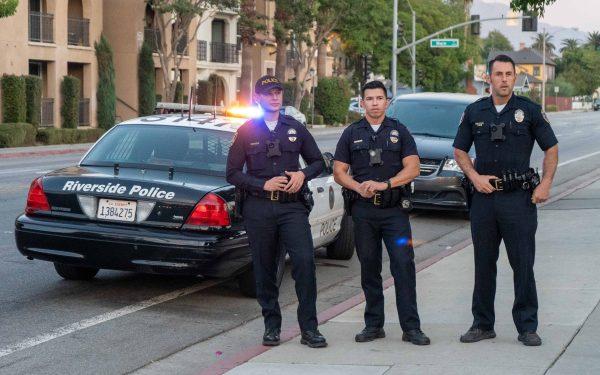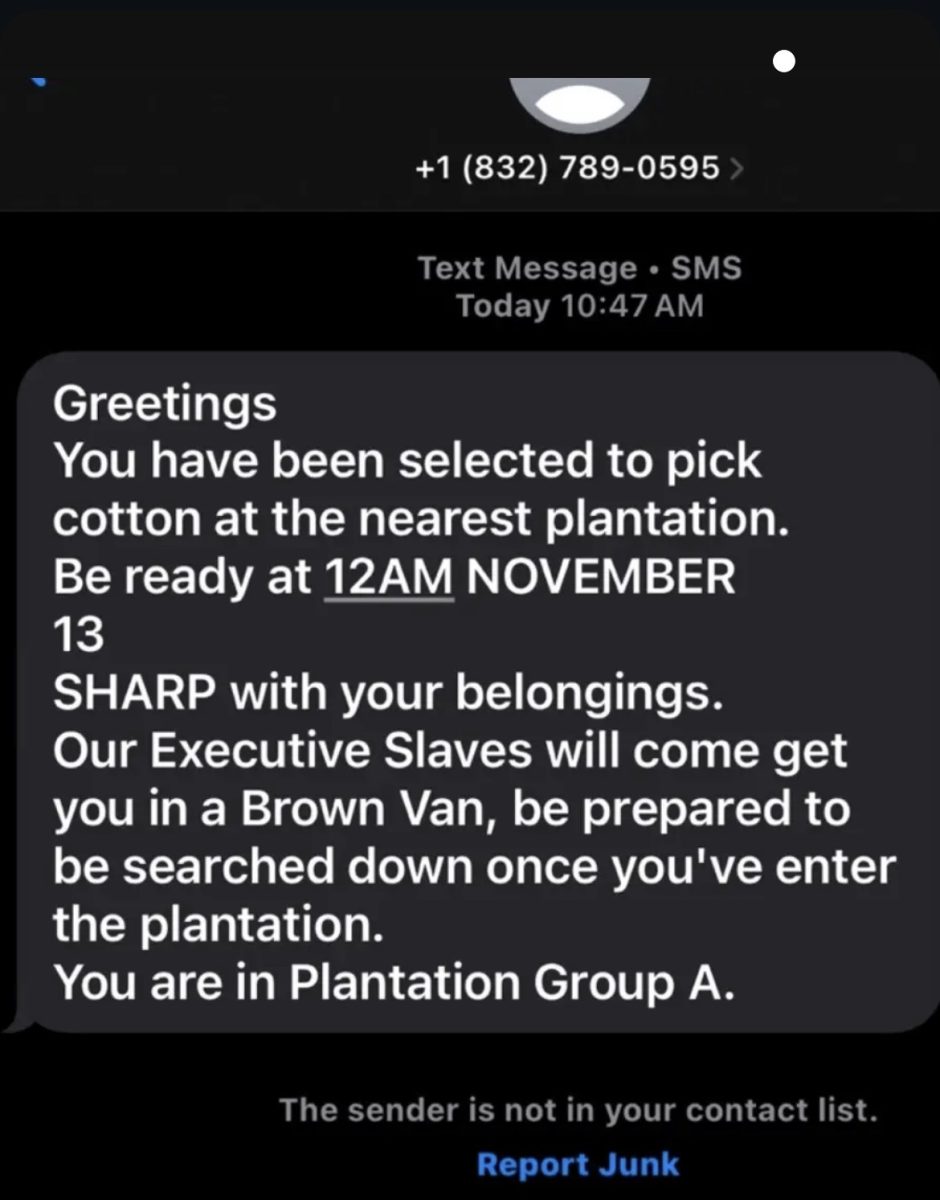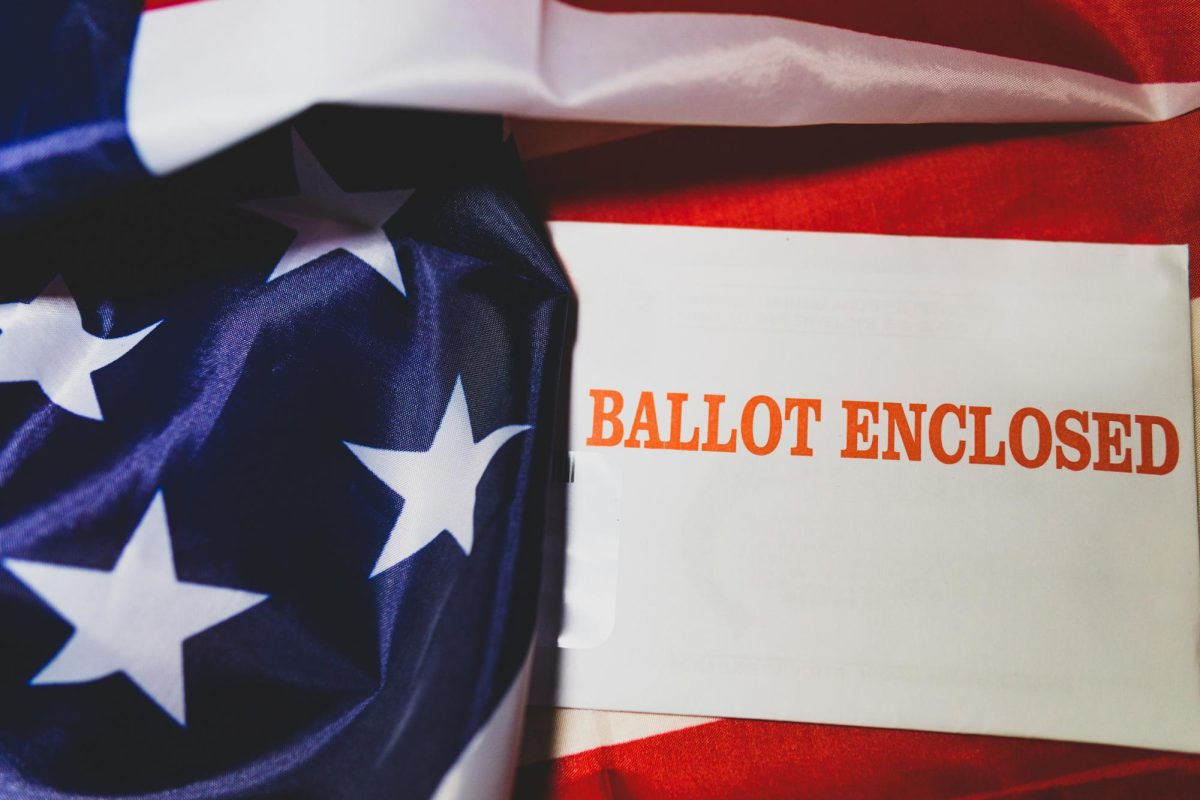
By Jonathan Ramirez
The Riverside police chief provided an update on city crime statistics to a skeptical public at the City Council meeting April 20.
Chief Larry Gonzalez’s report indicated that, while crime in Riverside has declined over the last five years, murder in the city has more than doubled since 2015. There were 21 homicides in the city last year.
Gonzalez reported that over 600 firearms were taken off the street last year. Around 300 firearms have been seized this year alone, 62 of them being homemade “ghost” guns.
“Along with those guns on the street comes other bad things that happen, such as homicides and officer-involved shootings, and robberies,” he said.
There were 15 reports of hate crime in 2020 with the first report of an anti-Asian hate crime in the past five years.
The majority of hate crimes have been anti-Black and related to sexual orientation at a total of 26 and 11, respectively, over the last five years.
Gonzalez said that although the amount of hate crimes is not “a relatively high number,” each case of hate crimes is thoroughly investigated.
“We are hoping that people can be patient where we can get all the facts we need without jeopardizing the integrity of those investigations,” he said.
Crime hotspots identified in the report include downtown, Eastside and the area surrounding the intersection of Tyler Street and Magnolia Avenue.
John Miller, a public commenter from Ward 1, noted most crimes identified in these areas were property crimes. There were a total of 509 trespassing crimes, municipal code violations and warrants served downtown in 2020.
“My guess is someone’s calling the police because someone’s trespassing,” he said. “This is basically a way of targeting the unhoused. A lot of these crimes could be avoided if we just had housing. It makes sense to put the budget toward that.”
Malissa McKeith, a public commenter from Ward 3, also questioned the amount of funding the city allocates to police. Over 70% of the city’s $271.4 million general fund is currently going toward public safety.
McKeith suggested the police find ways to curb costs and maintain safety more efficiently.
“Riverside only generates so much income,” she said. “We only have so many sources of revenue.”
Gonzalez said civilian oversight has been a focus in Riverside since the creation of the Community Police Review Commission in 2000. The commission is a review board for citizen complaints and use of force incidents aiming to preserve a good relationship between police and the community.
The Chief’s Advisory Committee has also been revamped since Oct. 20, with 29 adults and two high school students, Gonzalez said. These individuals come from all different backgrounds, including community activists, non-profit organization members, business leaders and faith-based group members.
The chief engages with community leaders in monthly meetings to address concerns, create community engagement strategies and reinforce the trust between the police and community, Gonzalez said.
“We’re trying to gain a better understanding,” Gonzalez said. “This is the reform part that we’re talking about as far as improvement and some of the changes we want to make.”
The department employs two public safety engagement officers and two community behavioral health assessment officers. It employs one mental health clinician and hopes to hire a second soon, Gonzalez added.
The outreach efforts have resulted in various new programs focused on building connections between police and the youth.
The Riverside Police Leading Active Youth Program consists of socially distanced sports such as golf, tennis, volleyball and baseball with children between the ages of 7 and 13. Officers and volunteers teach children the basics on how to understand and play each of these sports.
Gonzalez gave a brief overview about the return of a juvenile prevention program, called the Opportunity with Education, that focuses on middle and high school aged children considered to be “at-risk” in an attempt to break the cycle of criminal behavior through a positive atmosphere.
This program is due to resume in September.
“We never want to stop engaging with the community,” Gonzalez said. “Especially the youth.”
But community members and Ward 1 Councilwoman Erin Edwards were skeptical of the department’s Early Warning System.
The system keeps a log of officers with four or more instances in 12 months that include uses of force that causes injury to the suspect, significant force, personnel complaints, sustained violations of department policy or any incident deemed necessary to add.
Gonzalez explained that any officer placed in the Early Warning System goes through five levels of review that end with himself.
“All of these are reviewed consistently,” he said. “That is the way we can identify any negative behavior or any training needs there might be from use of force that is being used in our department.”
Public Commenter Chani Beeman questioned the amount of incidents necessary for an officer to be placed on the system.
“Four instances within a 12 month period of time,” she said. “Four personnel complaints or sustained violations of department policy, or uses of force that result in injury or death. Does that sound early?”
Beeman, who is involved in grassroots organizations and public forums, suggested the reason only four instances are required is that a lower number would result in too many officers in the system.
“That answer, in itself, is vindictive on some of the areas where we could improve,” she said. “We have to get the hold of decent training and revising policies. Especially when some of the instances take several months to investigate.”
Gonzalez argued that if the threshold was lowered to two, as it was previously, then a single call resulting in one personnel complaint and use of force could land an officer in the system.
“I have never seen us keep an employee with four sustained complaints,” he said. “Although there is an Early Warning System in place, we will address every complaint if it results in discipline. We are not going to be in a position where a person has 15 or 16 complaints and still be employed here.”
Edwards continued the questioning.
“Why wouldn’t we want two instead of four,” she asked. “If we’re already being vigilant, why don’t we put it in writing that we are being as vigilant as we possibly could be?”
Gonzalez held his stance.
“If we did that, we’d be doing it just to do it,” he said. “I really wanted this to be measurable and meaningful. We felt it’s more useful with a higher threshold at four.”





